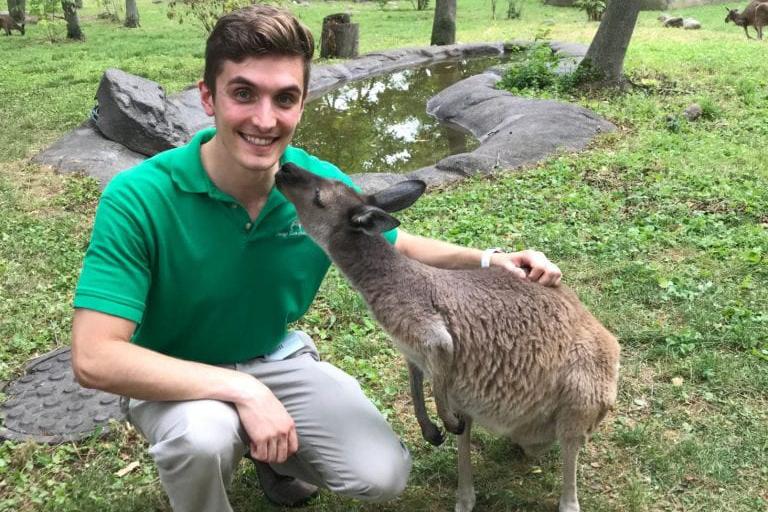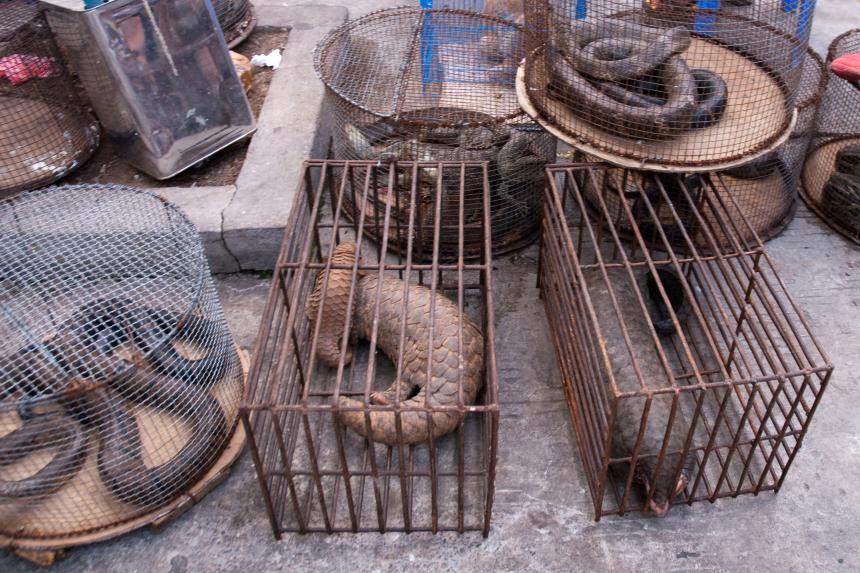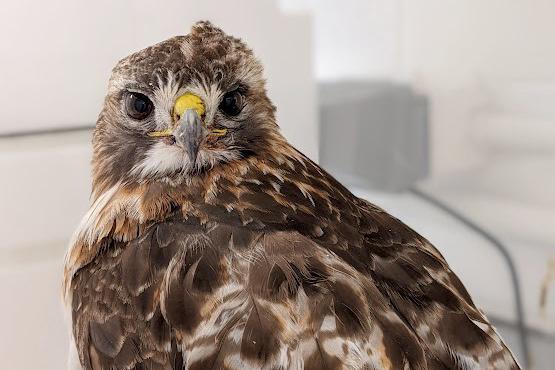July 2022

News
July 28, 2022
For Cornell alumnus Zachary Dvornicky-Raymond, a career in conservation may have been an inevitability. An animal lover for as long as he can remember, Dr. Dvornicky-Raymond recalls, “as I grew up and was attending zoos and learning more about the world, I came to realize that all of the animals that I loved and was so interested in were disappearing. So I always knew I wanted to figure out a way to help them.”

July 19, 2022
Decision-makers discussing landmark agreements on health and biodiversity must include four actions to reduce the risk of animals and people exchanging viruses.
July 15, 2022
This spring, Cornell University College of Veterinary Medicine students in the class Veterinary Practice: Public Health created a variety of communication materials explaining zoonotic diseases.

July 12, 2022
Birds of prey are in trouble, according to a recent study by Cornell researchers. Rodenticides are bad news for wildlife; poisoned rodents may not die immediately and are more likely to be eaten by raptors like red-tailed hawks, passing on the poison to them.
Video
July 05, 2022
At the end of a busy season researching how canine distemper virus affects Nepal’s tigers and leopards, Cornell Wildlife Health Center’s wild carnivore health specialist Dr. Martin Gilbert took a break to recharge his batteries with the wildlife of Bardia National Park.
